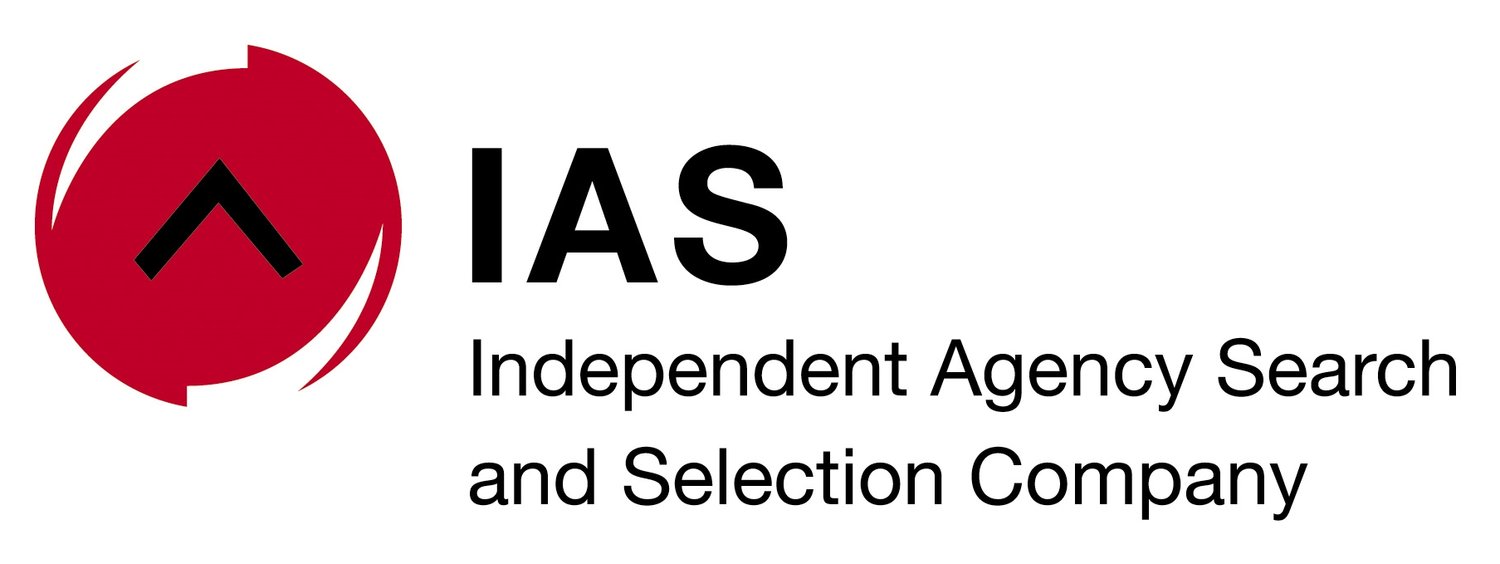As marketing agencies continue to seek ways to deliver the goods, we are seeing ‘old agency’ bumping up against ‘slick martech’, writes Johanna McDowell, CEO of the Independent Agency Search & Selection Company (IAS) and SCOPEN partner. On top of these draining legacy issues, do we really need another new dashboard?
To paraphrase Nick Law, creative chairperson at Accenture Song, “Branding is a mature culture of storytelling and craft, suspicious of the scientific world of algorithms, while the performance world is young and bright, with a deep understanding of modern media and technology, sneering at the hand-wavy romantics”.
At this point, nobody seems truly able to fill the gap left by operating brand and performance separately. On the one hand, traditional agency creativity is often off the mark where targeted content is required; on the other, performance teams seem to be continually throwing more martech at a communications problem.
Turning data into action
So, how do we deal with what has become known as the “messy middle”? Understanding the need for data and analytics, the IAS believes that turning only valuable data into actionable marketing campaigns is necessary. This will require a balance between brand and performance at an organisational level.
It’s not more software that’s required, but more soft skills – now effectively power skills – when applied to creating a marketing ecosystem that understands the job to be done. Organisations must comprise people who understand both communications and technology, and what each should be doing to draw the two sides together.
The primary focus should always be, “how does this help the marketer and the brand?” We see data management as a function that must shift from being a separate department within the marketing ecosystem to being the responsibility of business leaders.
Value in simplification
AGENCY SCOPE 2023 noted that marketers are recognising brand building and the creativity behind it as being crucial, even as many keep chasing the analytics. How do we make sure the missing middle doesn’t handicap the process?
Simplifying processes could result in reducing the “messy middle” and its part in the agency ecosystem’s often sluggish response to opportunities to turn data into sales. The AAR, IAS’ UK partner, suggests an incremental building of the industry by moving more creativity and budget to data-lead targeting, driven by clients.
Simplification in this context does not necessarily mean reducing or even streamlining the number of agencies within a marketer’s eco system, but rather the understanding that clients need these skills that are becoming more specialised as technology advances at speed.
For example, the key area of consumer targeting has grown to incorporate essential data that requires specialists to extrapolate the precise analytics that will positively impact marketers’ results and the long-term success of the brand.
Staying in their lane
With each additional specialisation, marketers are left to determine which of their current agencies have the capabilities they require and whether yet another agency may be needed. Here, the IAS suggests choosing one organisation that has the skills and experience to find ways for existing agencies to collaborate better or to introduce a single, multi-channel organisation that frees up the client to focus on core daily issues.
This enables each agency to stay in their lane, recognising each others strengths, and work to support the ambitions and objectives of the brand.
It’s time for the “them and us” of brand versus performance to combine their vast swathes of data and talent to create a “magic middle”, simply and swiftly, for the sake of the brand and its customers.
Fortune favours the brave – someone has to stand up soon and say, “Enough…”
You may also be interested in UNLOCKING AGENCY METHODOLOGIES: WHY UNDERSTANDING OPERATIONS IS CRUCIAL FOR CLIENTS

